Entry Type: Thing - Starting with V
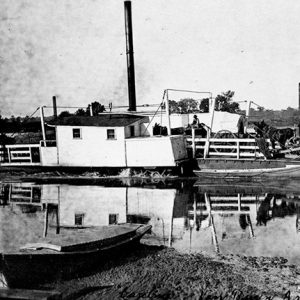 Van Buren Ferry
Van Buren Ferry
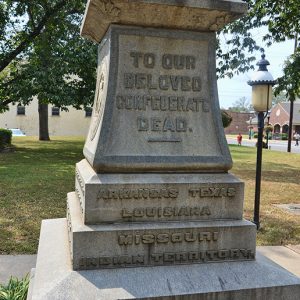 Van Buren Confederate Monument Detail
Van Buren Confederate Monument Detail
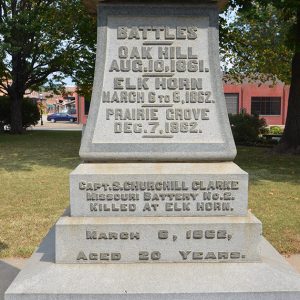 Van Buren Confederate Monument Detail
Van Buren Confederate Monument Detail
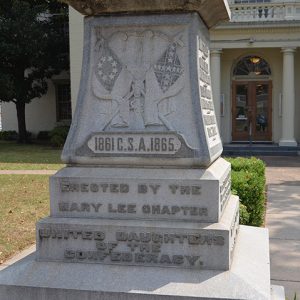 Van Buren Confederate Monument Detail
Van Buren Confederate Monument Detail
 Van Buren Confederate Monument
Van Buren Confederate Monument
Van Buren Confederate Monument
Van Buren County Courthouse
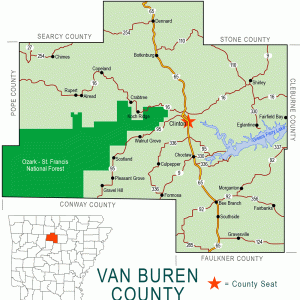 Van Buren County Map
Van Buren County Map
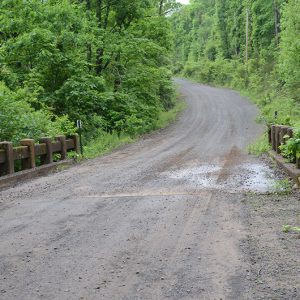 Van Buren County Road 2E Bridge
Van Buren County Road 2E Bridge
Van Buren County Road 2E Bridge
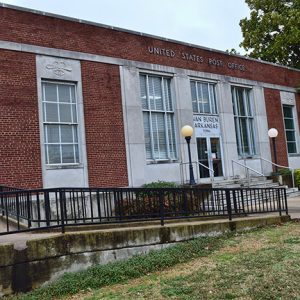 Van Buren Post Office
Van Buren Post Office
 Van Buren Post Office Entrance
Van Buren Post Office Entrance
Van Buren Post Office
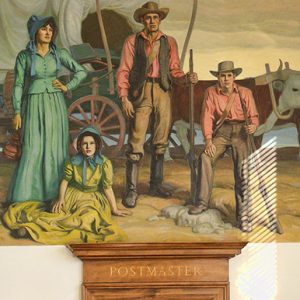 Van Buren Post Office Art
Van Buren Post Office Art
 Van Dorn Pattern Battle Flag
Van Dorn Pattern Battle Flag
Van Winkle’s Mill
Vanadium Mining
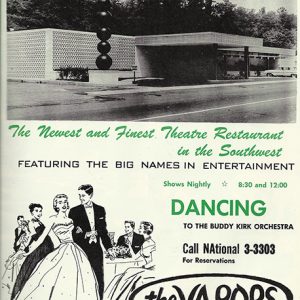 Vapors Ad
Vapors Ad
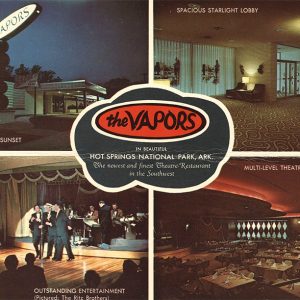 Vapors Postcard
Vapors Postcard
Vapors, The [Book]
Varner Unit
 "Arky" Vaughan Plaque
"Arky" Vaughan Plaque
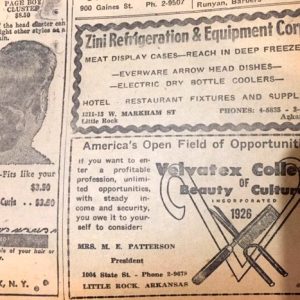 Velvatex Ad
Velvatex Ad
Velvatex College of Beauty Culture
Venomous Snakes
Vernon and Moore-McIlroy Produce Warehouse
Vertac
Vestal Nursery
aka: J. W. Vestal & Son
 Square-Shooters Club Card
Square-Shooters Club Card
 "Cactus" Vick's Little Red Book
"Cactus" Vick's Little Red Book
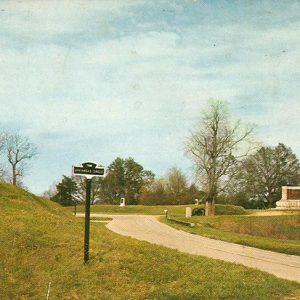 Vicksburg Monument
Vicksburg Monument
 Victory Over Japan by Ellen Gilchrist
Victory Over Japan by Ellen Gilchrist
 Vietnam Veterans Memorial
Vietnam Veterans Memorial
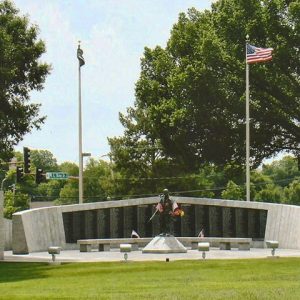 Vietnam Veterans Memorial
Vietnam Veterans Memorial
Vietnam War Markers and Memorials
 Village Academy Beavers T-Shirt
Village Academy Beavers T-Shirt
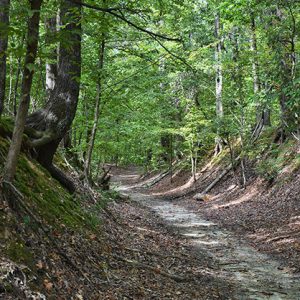 Village Creek Segment of the Memphis to Little Rock Road
Village Creek Segment of the Memphis to Little Rock Road
 Villines Farmstead Outhouse
Villines Farmstead Outhouse
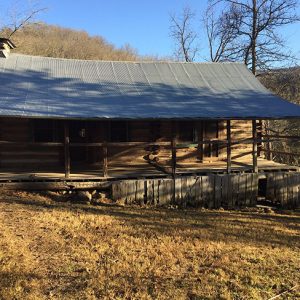 Villines Homestead
Villines Homestead
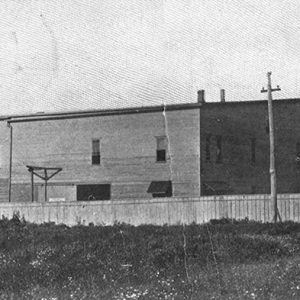 Vinegar Factory
Vinegar Factory
Vines
Vino’s
 Viticultural Areas Map
Viticultural Areas Map
 Voices of Omens
Voices of Omens




